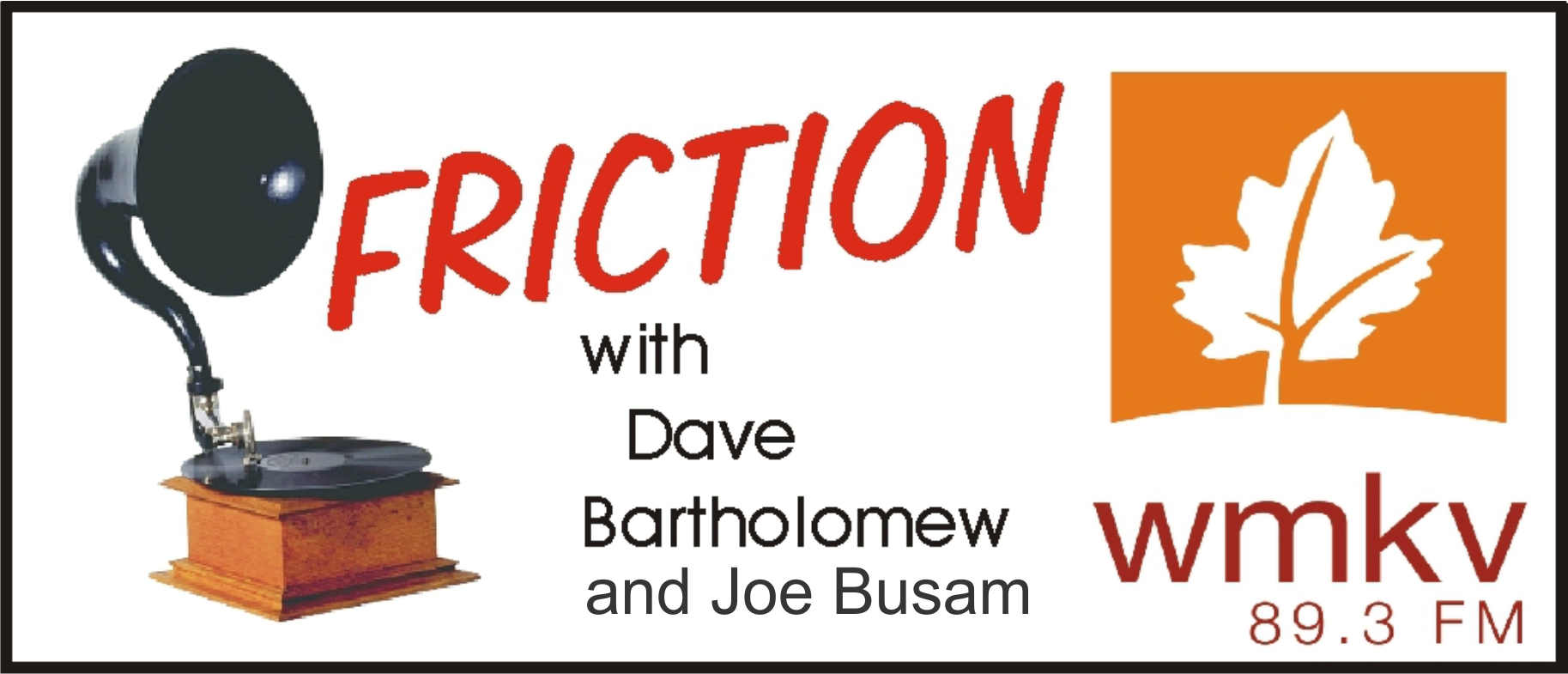Friction

“Why There Is “Friction”
As Dave said, I think it’s truly remarkable that a little pointy thing wiggling in a groove in a rotating disc of wax and shellac can change a silent room into one filled with music and happy people. Before radio, it was the seventy-eight rpm record that brought music into most folks’ lives, and then, by way of radio, reached the whole world. The birth and evolution of modern American popular music is stored on these primitive platters, so don’t scrap all the wind-up Victrolas just yet. When the last cd has delaminated and all that wonderful digital data has fizzled away into the cosmos, somebody might still want to dance! Who was Dave Bartholomew? David H. Bartholomew was a “semi-retired” cinematographer/animator/writer, a native of Cincinnati, Ohio, who had been involved in the production of tv/radio spots and industrial films since the early Fifties. His wife, Billie, tolerated his agglomeration of about three thousand seventy-eight rpm records and seven hundred reels of quarter inch tape of music and personalities from 1900 through the Forties. We thank the Bartholomew family in allowing Bart’s great Friction programs to continue playing on WMKV and WLHS! Hear new shows with host Joe Busam as part of this series.
Like his predecessor and dear friend, Dave Bartholomew, Joe is a passionate record collector, illustrator and former animator. Actually Bart and Joe met when they became a team of animators around 1980. Their joint love of records and music from the the first four decades of the 20th Century, cemented this bond that still holds despite Bart’s passing in 2012. At that time Joe was approached to continue on in Bart’s stead. His collection of 78’s is numbered between 4 and 5,000. Like Bart, Joe is a gifted illustrator and has designed covers for over 100 LP’s and CD’s since 1988, working for record companies like Stomp Off and Rivermont records. One thing Joe wanted bring to the Friction table, are performances by contemporary musicians who have embraced the music from those first four decades. Joe states that, “Young musicians who are playing this type of music needs to be recognized and heard, making this a living music and not something that’s confined to the groove of a 78rpm record.”
